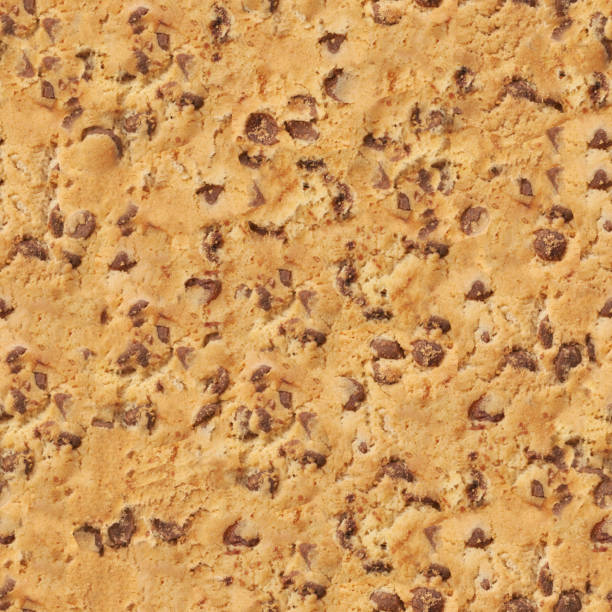When it comes to baking cookies, texture can make all the difference. Whether you prefer your cookies chewy, crispy, or soft, understanding the science behind cookie texture will help you achieve the perfect bite every time.
1. Ingredients Matter The types of fat you use can significantly affect cookie texture. For chewy cookies, try using more brown sugar and adding an extra egg yolk. For crispy cookies, opt for a higher ratio of granulated sugar and butter.
2. Baking Time and Temperature Baking at a higher temperature for a shorter time will yield cookies that are crisp on the edges and chewy in the center. Conversely, baking at a lower temperature for longer creates a more uniform texture throughout.
3. Resting the Dough Letting your cookie dough rest in the fridge for at least 30 minutes allows the flavors to develop and results in a more complex flavor profile and improved texture.
4. Don’t Overmix When combining your ingredients, avoid overmixing the dough. This can lead to tougher cookies, as it develops the gluten in the flour. Mix just until the dry ingredients are incorporated.
5. Cooling Properly Cooling your cookies on a wire rack ensures they stay crisp. If left on the baking sheet, residual heat can cause them to steam and lose their texture.
Understanding these scientific principles can help you master cookie baking and create treats that everyone will love. So next time you’re in the kitchen, remember that the texture is just as important as the flavor!

Comments
I had no idea cookie texture was this deep. Now I’m obsessed with getting that perfect crispy edge and chewy center.